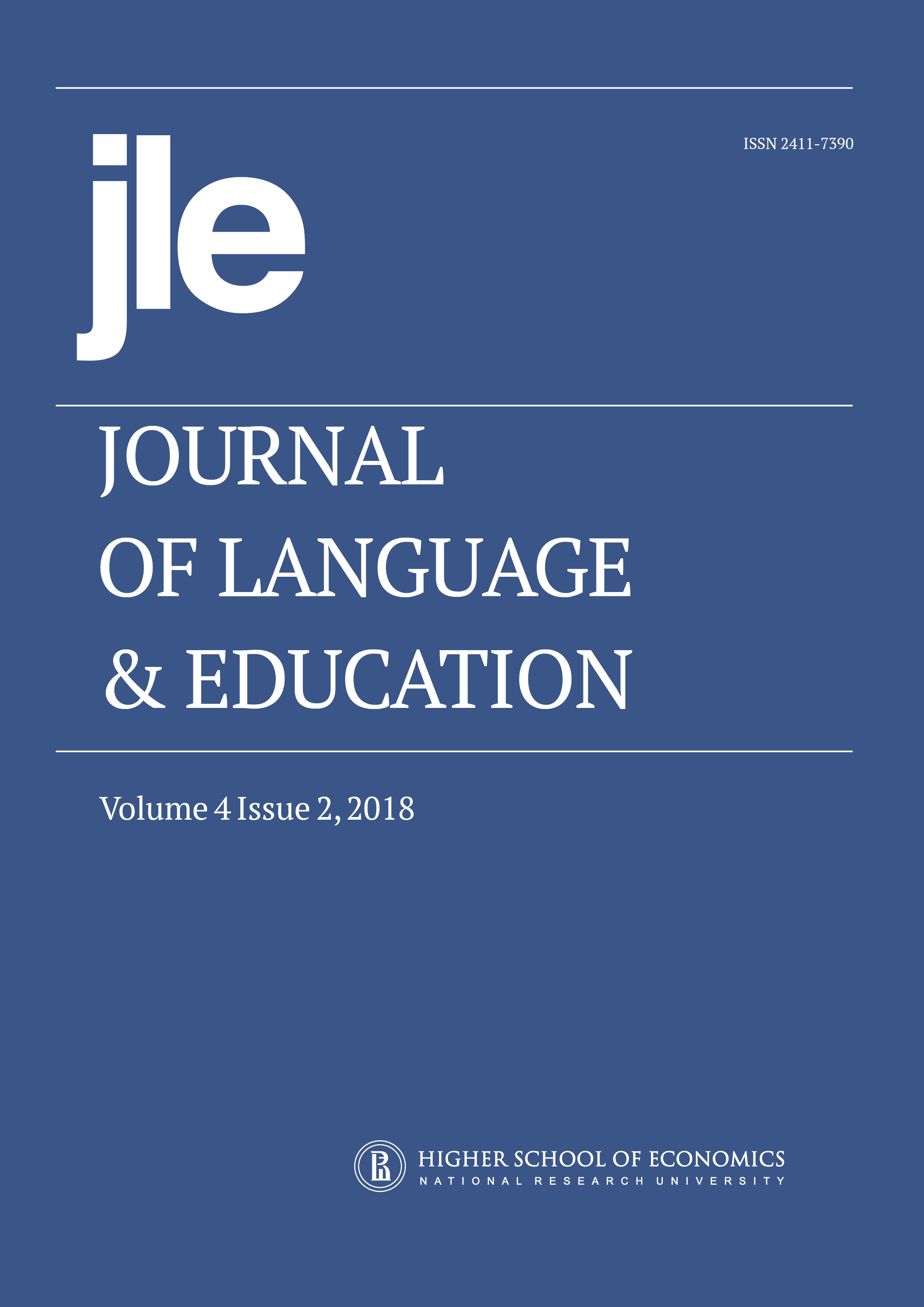Overcoming the Grammar Barrier in Foreign Language Learning: The Role of Television Series
Abstract
Mastering the grammar of a foreign language requires learning the rules as well as the contexts within which the structures are used. Formal grammar instruction should therefore be augmented by exposing learners to authentic language. According to the literature, watching television series in the target language improves listening comprehension and enhances vocabulary acquisition. No study to date, however, has investigated the recursive use of one series, in the classroom and over an entire course, to explicitly teach grammar. Presenting apt pedagogical arguments substantiated by the literature on grammar instruction and evidence from the classroom, this article maintains that a television series can be an invaluable source of authentic language and an excellent means to teach grammar in context. It recommends using the dialogues in the scenes to teach and illustrate grammatical structures, especially those that are very different or do not exist in the learners’ mother tongue. The article also proposes giving students pertinent writing tasks and adequate corrective feedback to help them internalize these structures. Consistent with recent studies indicating a strong connection between emotion and cognition, this method raises the students’ motivation and enhances grammar learning; as such, it can supplant or complement conventional practices of grammar instruction and thereby warrants empirical studies. Finally, the article delineates directions for future research to elucidate how television series contribute to the teaching and learning of grammar.
Downloads
Authors who publish with this journal agree to the Copyright Notice.



